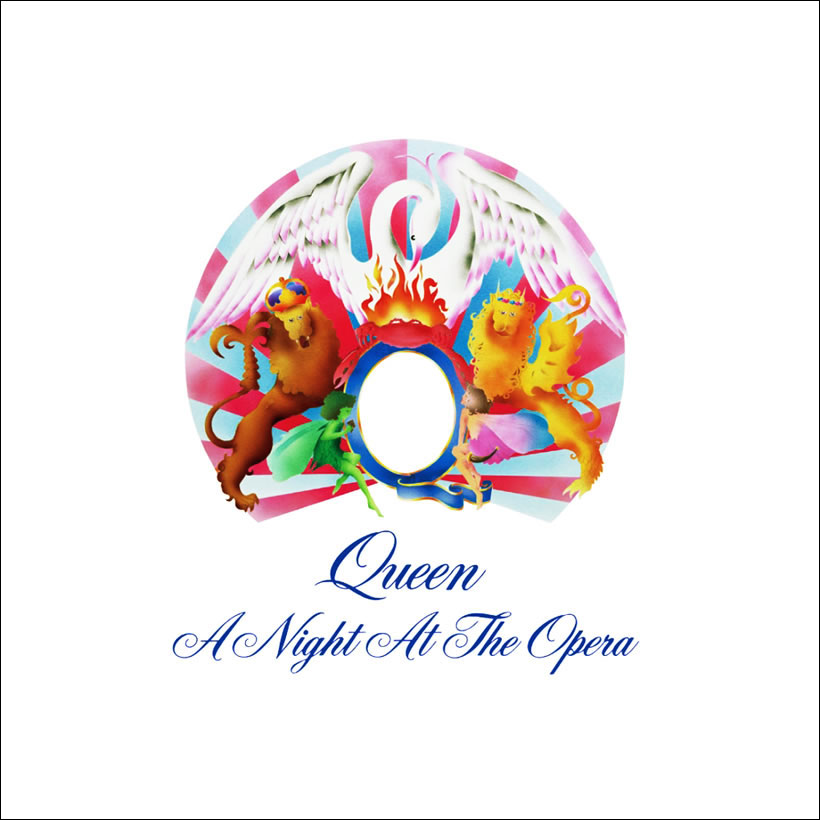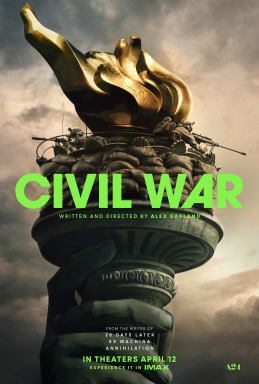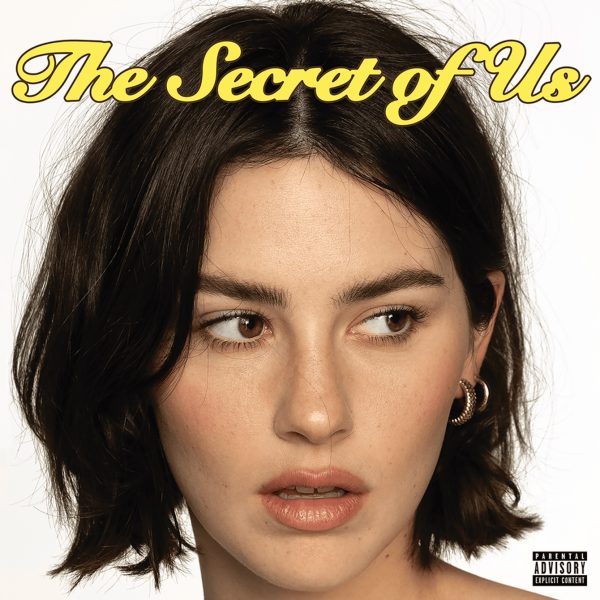Review: A Night at the Opera is a musical masterpiece
Queen’s 1975 album remains timeless
Photo Queen
The album cover for Queen’s A Night at the Opera.
September 10, 2020
This review is part of a new RHSToday series where we review albums from before 2000 as if they were just released.
It’s nearly impossible to not have heard of the British rock band Queen. Their songs are nearly everywhere in modern media. Whether you’ve stomped your feet to “We Will Rock You,” happily screamed “We Are The Champions” upon your favorite sports team winning a game or hummed the bass line to “Under Pressure,” somehow you’ve come across their music.
I never found myself as a huge fan till the band’s biopic Bohemian Rhapsody was released back in 2018. Since then, I found myself diving head first into their wide range of albums from their two decades active as a band. More specifically, the one album that caught my attention was A Night at the Opera.
The album, released in 1975, covers multiple genres in one “rock” album without sounding jumbled and unorganized. In fact, it’s quite the opposite. Just like at an opera, one experiences the highest and lows of a play all in one when listening. The mesh of different styles creates a whole experience when listening that makes me want to put the entire album on repeat for hours.
When listening to albums, I always found myself attracted to happier, uplifting songs that made me smile anytime I heard it. “Lazing on a Sunday Afternoon” and “Seaside Rendezvous” both captured that for me. Both songs written by lead singer Freddie Mercury have a “vaudevillian” style to them (said in Mercury’s own words) with a 1920’s sounding piano track that transport listeners back to that time period. Both songs are on the lighter side, expressing joyous emotions about young love near the sea and a man’s “normal” weekly activities.
Between these two though, “Seaside Rendezvous” stands out the most due to its creative mock instrumental interlude. This section sounds like multiple jazz instruments were played. In reality, it was Mercury and drummer Roger Taylor making the noises all from their mouths, no instruments played. Mercury and Taylor mimicked tubas and trumpets (and yes, even a kazoo). Despite the simplicity and shorter length of the songs, both are just so much fun and whimsical.
Continuing on the note songs that fill me with joy, these two beautifully written love songs, “You’re My Best Friend” and “Love of My Life,” are by far the top two songs on the album. “You’re My Best Friend” was written by bass guitarist John Deacon as a love letter to his wife, Veronica Tetzlaff. Deacon didn’t compose many songs, but when he did, the songs were absolutely amazing. This pop track is like an earworm that I’m constantly tapping my foot to or humming along to. It was unusual for the band to have a pop song in their album, but it works along with the different styles of songs. “Ooo, you make me live,” a line consistently repeated throughout the song resonated with me: sappy, but true. The lyrics filled me with a warm fuzzy feeling when listening.
In comparison to the pop love song, “Love of my Life” is a more elegant, classy love song, one that would be played at a wedding. Mercury sings about his love for his (eventual ex) girlfriend Mary Austin, the woman he planned on marrying at the time. The combination of the strumming of a harp, angelic piano and Mercury’s extraordinary voice provides a direct insight on Mercury’s love for his girlfriend. Both songs give a burst of serotonin and have you wishing you were in love.
When talking about this album, we can’t forget the most infamous song in Queen history: “Bohemian Rhapsody.” It is noticeably Queen’s most successful single off the album (actually it’s their bestselling single in their careers), and it is very apparent as to its why. Written by Freddie Mercury, the song has a ballad, operatic and hard rock section over the span of the 6 minute song. Just like the album itself, the combination of the different styles really makes the song stand out.
The entire song is like a fever dream. Starting off with the ballad section, the simple piano and Mercury singing conveys such emotion that pulls on the heart strings. The songs builds up and begins to switch into the operatic section, but not before a guitar solo played by Brian May. The operatic section…is near impossible to describe. The harmonies are absolutely magnificent. The wordings are a little odd like “Galileo” and “Scaramouche,” but nothing about this song is “normal.” Trust me, everyone loves the operatic section, and don’t lie to yourself, saying you haven’t tried to sing all the parts at once (I have.)
With the song at the ultimate high, we enter the hard rock section, a time to just jam out and bang your head aggressively like no one is watching. The song slowly dies down with a reprise of the ballad section–just Mercury and the piano–before fading out with a gong. It is a true roller coaster of a song. Mercury never disclosed what the song was about, leaving it up for interpretation of the listener, which is preferably the best way to leave this crazy song.
A Night at the Opera is one album everyone should listen to, even if you aren’t the biggest fan of rock. There’s so many different songs that there’s bound to be at least one that gets you in the groove. What makes it that way is that the four band members each brought their own individuality into the album. They created a masterpiece to be enjoyed by anyone of any age. The album was ahead of its time, but set high standards for more rock albums to come. It created a legacy for rock music that would last for years.






















